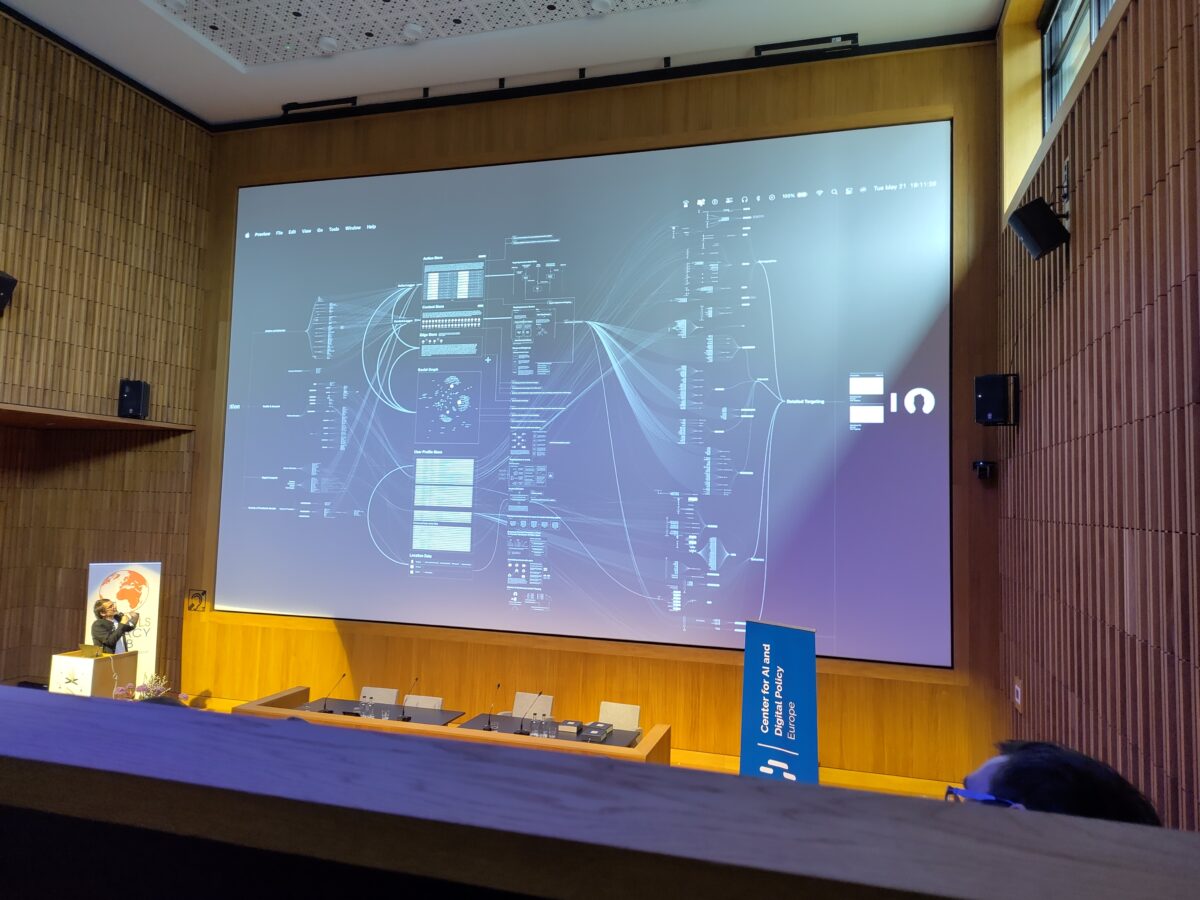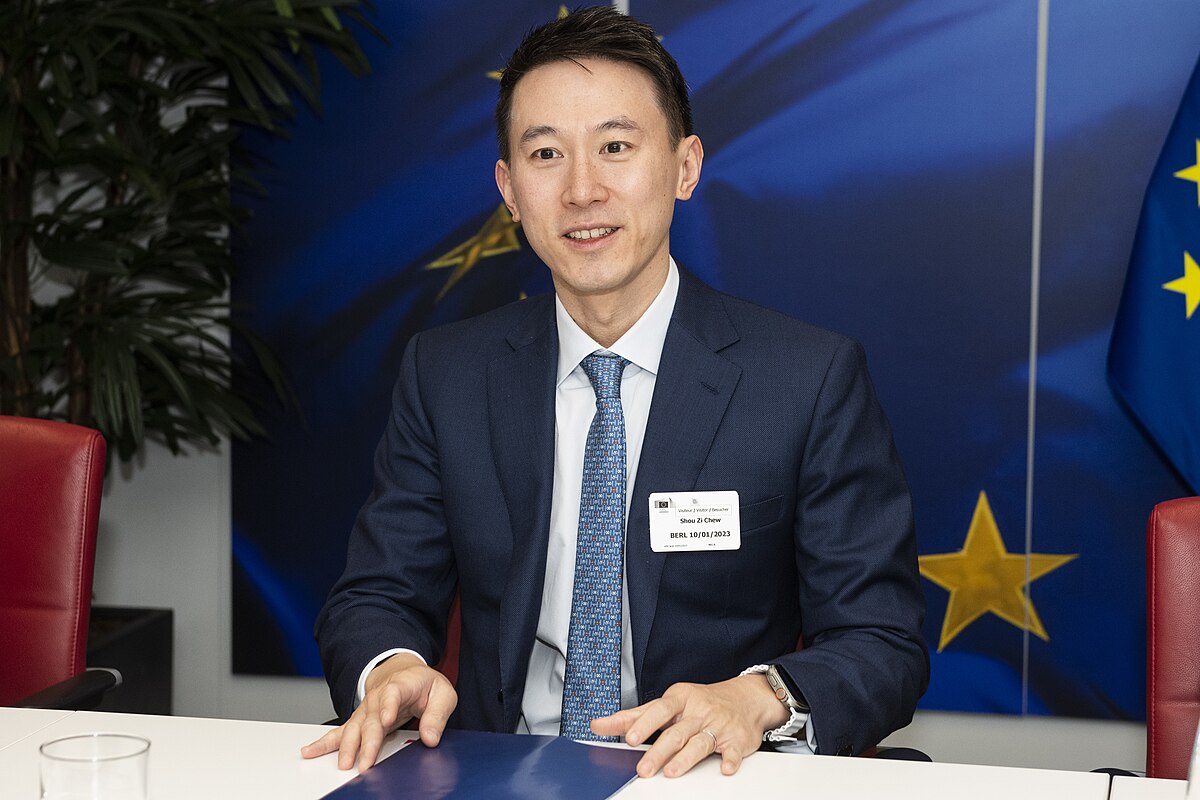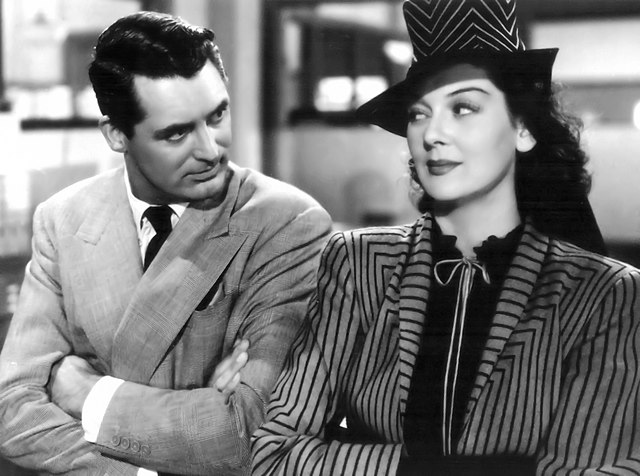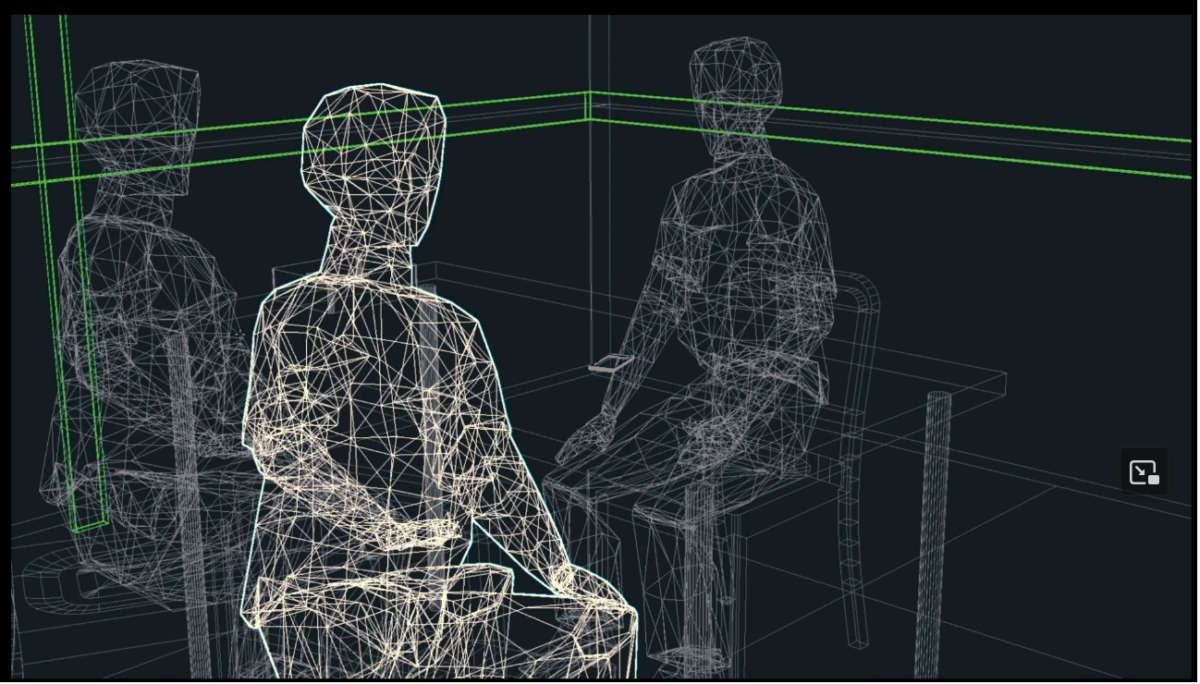Most of us howled with laughter this week when the news broke that Elon Musk is suing companies for refusing to advertise on his exTwitter platform. To be precise, Musk is suing the World Federation of Advertisers, Unilever, Mars, CVS, and Ørsted in a Texas court.
How could Musk, who styles himself a “free speech absolutist”, possibly force companies to advertise on his site? This is pure First Amendment stuff: both the right to free speech (or to remain silent) and freedom of assembly. It adds to the nuttiness of it all that last November Musk was telling advertisers to “go fuck yourselves” if they threatened him with a boycott. Now he’s mad because they responded in kind.
Does the richest man in the world even need advertisers to finance his toy?
At Techdirt, Mike Masnick catalogues the “so much stupid here”.
The WFA initiative that offends Musk is the Global Alliance for Responsible Media, which develops guidelines for content moderation – things like a standard definition for “hate speech” to help sites operate consistent and transparent policies and reassure advertisers that their logos don’t appear next to horrors like the livestreamed shooting in Christchurch, New Zealand. GARM’s site says: membership is voluntary, following its guidelines is voluntary, it does not provide a rating service, and it is apolitical.
Pre-Musk, Twitter was a member. After Musk took over, he pulled exTwitter out of it – but rejoined a month ago. Now, Musk claims that refusing to advertise on his site might be a criminal matter under RICO. So he’s suing himself? Blink.
Enter US Republicans, who are convinced that content moderation exists only to punish conservative speech. On July 10, House Judiciary Committee, under the leadership of Jim Jordan (R-OH), released an interim report on its ongoing investigation of GARM.
The report says GARM appears to “have anti-democratic views of fundamental American freedoms” and likens its work to restraint of trade Among specific examples, it says GARM’s recommended that its members stop advertising on exTwitter, threatened Spotify when podcaster Joe Rogan told his massive audience that young, healthy people don’t need to be vaccinated against covid, and considered blocking news sites such as Fox News, Breitbart, and The Daily Wire. In addition, the report says, GARM advised its members to use fact-checking services like NewsGuard and the Global Disinformation Index “which disproportionately label right-of-center news sites as so-called misinformation”. Therefore, the report concludes, GARM’s work is “likely illegal under the antitrust laws”.
I don’t know what a court would have made of that argument – for one thing, GARM can’t force anyone to follow its guidelines. But now we’ll never know. Two days after Musk filed suit, the WFA announced it’s shuttering GARM immediately because it can’t afford to defend the lawsuit and keep operating even though it believes it’s complied with competition rules. Such is the role of bullies in our public life.
I suppose Musk can hope that advertisers decide it’s cheaper to buy space on his site than to fight the lawsuit?
But it’s not really a laughing matter. GARM is just one of a number of initiatives that’s come under attack as we head into the final three months of campaigning before the US presidential election. In June, Renee DiResta, author of the new book Invisible Rulers, announced that her contract as the research manager of the Stanford Internet Observatory was not being renewed. Founding director Alex Stamos was already gone. Stanford has said the Observatory will continue under new leadership, but no details have been published. The Washington Post says conspiracy theorists have called DiResta and Stamos part of a government-private censorship consortium.
Meanwhile, one of the Observatory’s projects, a joint effort with the University of Washington called the Election Integrity Partnership, has announced, in response to various lawsuits and attacks, that it will not work on the 2024 or future elections. At the same time, Meta is shutting down CrowdTangle next week, removing a research tool that journalists and academics use to study content on Facebook and Instagram. While CrowdTangle will be replaced with Meta Content Library, access will be limited to academics and non-profits, and those who’ve seen it say it’s missing useful data that was available through CrowdTangle.
The concern isn’t the future of any single initiative; it’s the pattern of these things winking out. As work like DiResta’s has shown, the flow of funds financing online political speech (including advertising) is dangerously opaque. We need access and transparency for those who study it, and in real time, not years after the event.
In this, as so much else, the US continues to clash with the EU, which it accused in December of breaching its rules with respect to disinformation, transparency, and extreme content. Last month, it formally charged Musk’s site for violating the Digital Services Act, for which Musk could be liable for a fine of up to 6% of exTwitter’s global revenue. Among the EU’s complaints is the lack of a searchable and reliable advertisement repository – again, an important element of the transparency we need. Its handling of disinformation and calls to violence during the current UK riots may be added to the investigation.
Musk will be suing *us*, next.
Illustrations: A cartoon caricature of Christina Rossetti by her brother Dante Gabriel Rossetti 1862, showing her having a tantrum after reading The Times’ review of her poetry (via Wikimedia).
Wendy M. Grossman is the 2013 winner of the Enigma Award. Her Web site has an extensive archive of her books, articles, and music, and an archive of earlier columns in this series. She is a contributing editor for the Plutopia News Network podcast. Follow on Mastodon.









